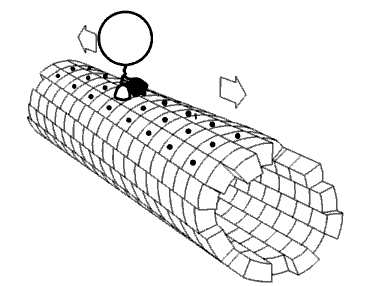
Photo from academic.microsoft.com
A major challenge in the development of antibody biotherapeutics is their tendency to aggregate. One root cause for aggregation is exposure of hydrophobic surface regions to the solvent. Many current… Click to show full abstract
A major challenge in the development of antibody biotherapeutics is their tendency to aggregate. One root cause for aggregation is exposure of hydrophobic surface regions to the solvent. Many current techniques predict the relative aggregation propensity of antibodies via pre-calculated scales for the hydrophobicity or aggregation propensity of single amino acids. However, those scales cannot describe the non-additive effects of a residue's surrounding on its hydrophobicity. Therefore, they are inherently limited in their ability to describe the impact of subtle differences in molecular structure on the overall hydrophobicity. Here, we introduce a physics-based approach to describe hydrophobicity in terms of the hydration free energy using Grid Inhomogeneous Solvation Theory (GIST). We apply this method to assess the effects of starting structures, conformational sampling, and protonation states on the hydrophobicity of antibodies. Our results reveal that high-quality starting structures, i.e., crystal structures, are crucial for the prediction of hydrophobicity and that conformational sampling can compensate errors introduced by the starting structure. On the other hand, sampling of protonation states only leads to good results when combined with high-quality structures, while it can even be detrimental otherwise. We conclude by pointing out that a single static homology model may not be adequate for predicting hydrophobicity.
Journal Title: Biophysical journal
Year Published: 2020
Link to full text (if available)
Share on Social Media: Sign Up to like & get
recommendations!